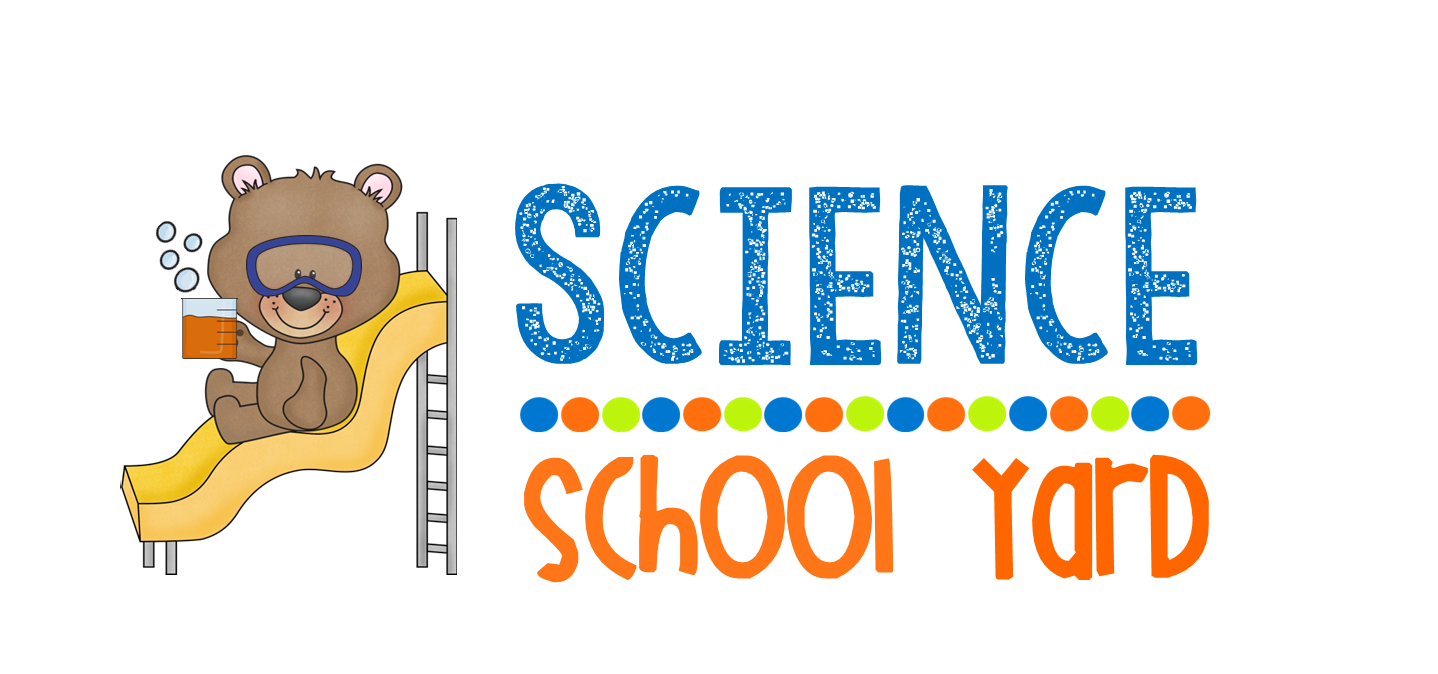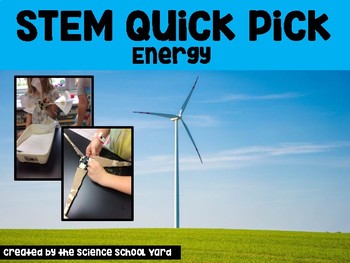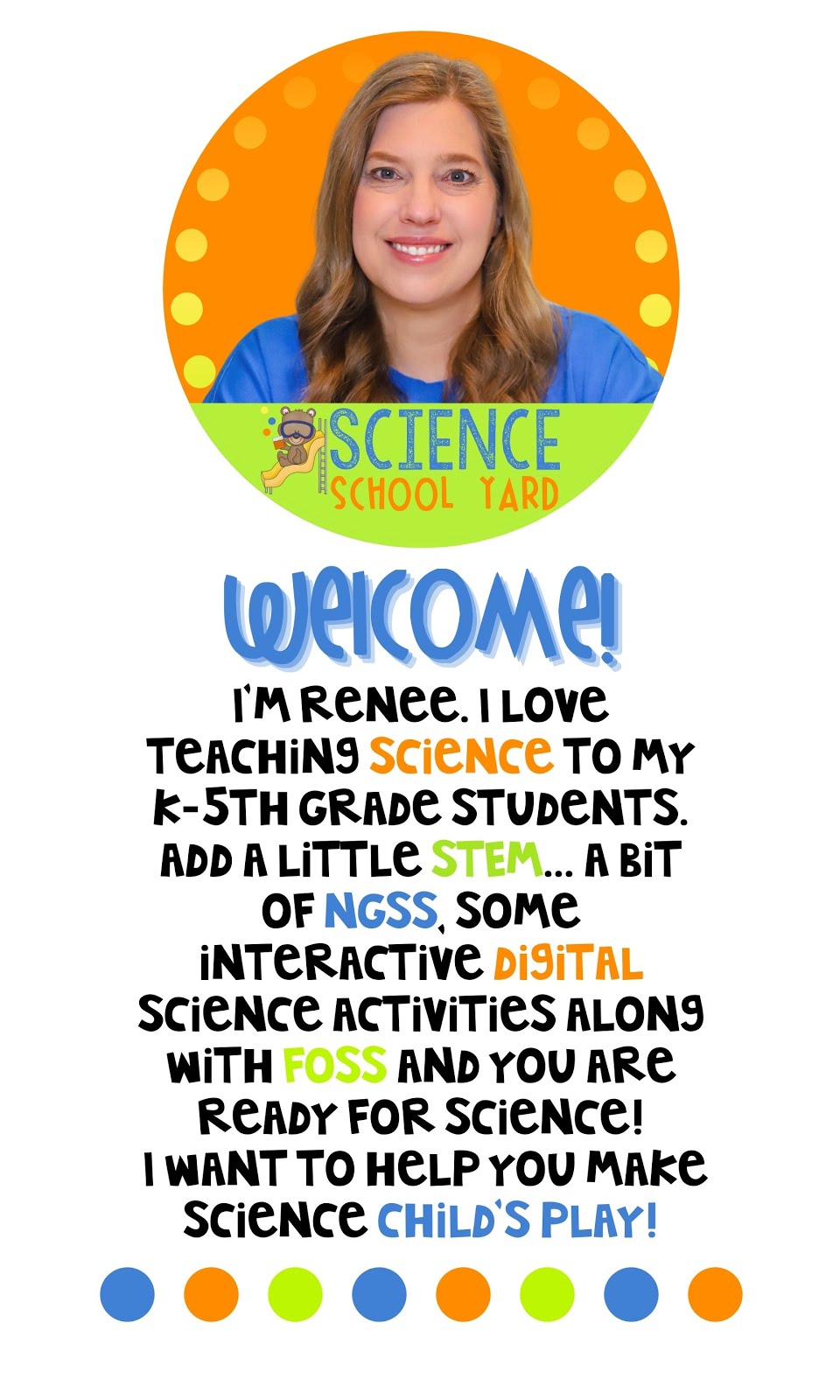I think that growth mindset is always important to focus on when you teach, especially for back to school. I especially think that positive growth mindset is something that really shines through when a teacher has taught their students strategies for working through a road block! This summer was truly and eye opener for me in regards to the importance of teaching students those positive strategies.
Case in point, I taught summer school to students that were from other elementary schools in our district. A few of my own students that I taught in my science classrooms were sprinkled among the groups for STEM Garden Club...which changed to Environmental STEM Club after I realized that the new students I had weren't quite ready to head outside to master gardening.
So, inside I posed several STEM challenges. I would first pose a challenge, go through the constraints of the project and then let them go through the engineering process after a review of supplies and expectations. To my surprise, the students that I worked diligently all year with on growth mindset strategies could easily push through a challenge, find ways to problem solve, and remained positive when faced with an obstacle. Several times during our STEM challenges each week, we would have another student from another school cry, get angry, give up, whine...I would use the strategies that I used all year with that child, but they didn't have the tools to work through their issues.
What that showed me was that teaching positive growth mindset is key to helping our students have a tool box of strategies to road blocks they will have in any situation in their lives. I thought I would share several ideas that I will be starting off with as well as use in the course of the school year. As I work with a new school this year once again, (they like to move specialists around way too much) those ideas will be used on new students. I will also continue to use these strategies on the students at my base school!
We, as adults, also have beliefs about our own abilities and our own mindset which causes us to react in a certain way every time we are faced with a problem or experience. I start with my Growth Mindset Bulletin Board so that I can refer to it each and every time!
Here are my top goals for each new school year:
Goal 1: We must instill in our students a passion for learning. In your lessons, in the way you establish your relationships. That first day they meet you, rock it!
Goal 2: We must teach ourselves and our students that failure is a springboard for growth, which we can always learn from. If they aren't ready or need a little help when they fail a task we must be ready with strategies to teach them. I teach one strategy at a time using my bulletin board as a guide.
Goal 3: We must learn that mistakes are opportunities to grow and learn (build the foundation of what is mindset, so when growth occurs they can recognize it!) In science, mistakes are going to happen, results aren't going to be perfect, we must teach that in the moment so they hear it and see it from us.
Goal 4: We must teach mindset, use tools such as visuals to refer to, and help push through the negative feeling to learn something new, that means we can also teach what fixed mindset means, should we quit? (fixed) or work through a problem? (growth)...
Again I go to my bulletin board, find the poster that refers to what issue we are presented with and then we use it as a teachable moment. We connect that situation with a moment that we can relate to, ask others for ideas, walk them through the tough stuff, and keep going. Sometimes our kiddos shut down, I keep on going and push through it at times for them to model the correct expectation.
Goal 5: We must use the power of "YET" which is so very powerful! I use the word YET all the time! "No, you didn't get it YET." "We didn't find the solution, YET." "Our data isn't right, YET." What can we do to get it? Try again, ask a friend, find our mistake...They will need help, but in the end after time and consistency, you will see that more of your students will actually start understanding and practicing growth mindset. (and maybe even call each other out for fixed mindset)
Goal 6: Let's not forget the importance of positive reinforcement, find ways to rephrase how a child (or we) are feeling and teach strategies to work through our struggles. We all need to hear the positives! "I see you are really trying." "I like how you were observing the process." Even if they can't seem to understand the whole picture, we can always find a positive for them to hear!
Goal 7: Reflect on how one dealt with a situation or road block and how that connects to the feelings that happened. What I mean by that is when someone uses fixed mindset, it is okay to reflect back on it when the lesson is done, when time and anger pass, in the moment if it can be productive. Reflection is a great tool for us to grow! They can reflect on their participation, their understanding, their attitude.
Due to only seeing my students for an hour a week, I start off each class, kindergarten through fifth grade with an introduction lesson on whatever I am going to teach. After giving directions, I give an example of a time that I couldn't solve a problem. I show them my bulletin board, that we refer to each time a situation comes up where learning positive growth mindset can occur. I share a famous mistake with them...Play Do! He
re is a link to an article of the top 10 Greatest Accidental Inventions!
In the next few weeks, I will be sharing strategies and resources to help you establish a growth mindset environment for you and your students! To start with grab these free printable posters!
Let's help ourselves and our students by providing the fundamentals of positive growth mindset. Setting up the new year with a fresh start ... positivity is key to a successful year! Want the whole pack including letters for the bulletin board, book marks, and reflection sheet, brain clip art and more?
Let's put it all together, HERE!

















































